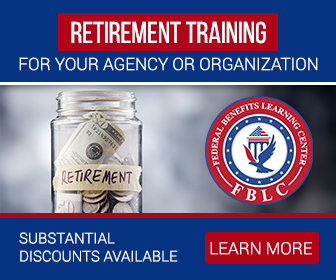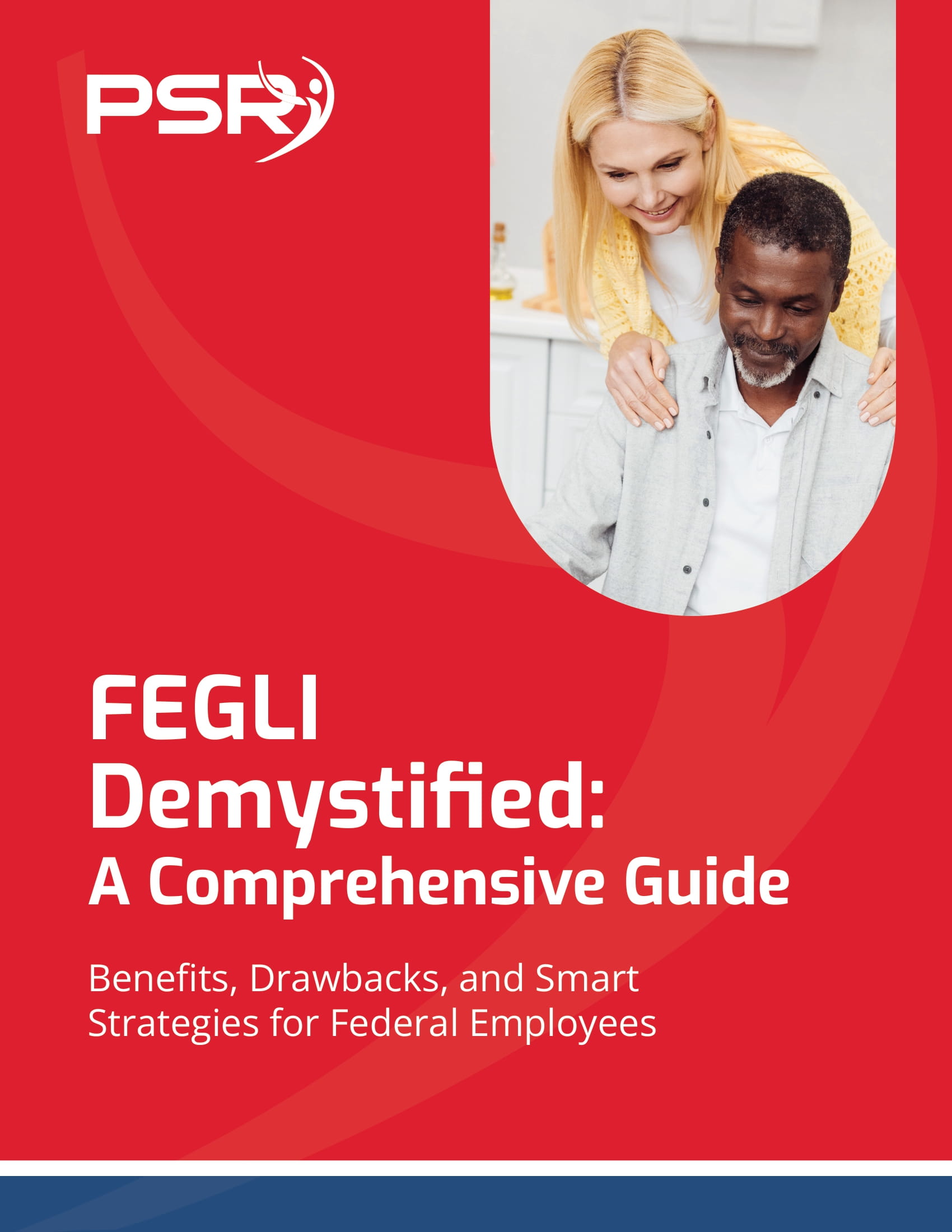Key Takeaways
-
Small, strategic decisions you make today with your Thrift Savings Plan (TSP) can dramatically impact whether your retirement feels secure or stressful.
-
Understanding the right withdrawal strategies, contribution levels, and investment choices in 2025 is critical for a long-lasting and confident retirement.
Why Your TSP Strategy Matters More Than Ever in 2025
In 2025, government employees continue to rely heavily on their Thrift Savings Plan (TSP) as a primary retirement vehicle. However, many still underestimate how a few smart choices now can separate a financially secure retirement from one filled with unexpected hardships.
- Also Read: Dropping FEGLI Sounds Smart—Until You Realize What It No Longer Covers After Retirement
- Also Read: Hitting 20 Years in Law Enforcement? Here’s What You Can Expect From Your Pension
- Also Read: Think You Understand FERS? These Three Rules Still Confuse Even Longtime Government Employees
Starting Strong: The Power of Higher Contributions
The IRS allows you to contribute up to $23,500 to your TSP in 2025. If you are aged 50 or older, you can make an additional catch-up contribution, bringing your total to $31,000.
Prioritizing these maximums isn’t just about saving more; it’s about creating a larger base that can grow with compounding returns over the years. Even if retirement feels distant, consistently contributing at higher rates early in your career makes a dramatic difference later on.
Key Action: Aim to contribute at least 15% of your salary if you can—and increase it annually until you reach the limit.
Choosing the Right Investment Mix
Your TSP offers several funds, ranging from the conservative G Fund to the more aggressive C, S, and I Funds. Many retirees face financial stress because they either take on too much risk near retirement or stay too conservative too early, causing their savings to stagnate.
A balanced approach in 2025 involves:
-
Allocating some portion to the G Fund for stability.
-
Maintaining exposure to equities (C, S, I Funds) for growth, especially in early retirement years.
-
Using Lifecycle (L) Funds if you prefer a pre-mixed option that automatically adjusts over time.
Key Action: Review your fund allocations at least once a year to ensure they still match your risk tolerance and timeline.
Timing Withdrawals for Tax Efficiency
How and when you withdraw from your TSP has a major tax impact. In 2025, Required Minimum Distributions (RMDs) begin at age 73, giving you a window to make smarter withdrawals before the IRS forces them.
Strategic moves include:
-
Making small withdrawals between retirement and RMD age to stay in lower tax brackets.
-
Converting portions to a Roth IRA before RMDs start (if it fits your tax strategy).
-
Avoiding large lump-sum withdrawals unless absolutely necessary.
Key Action: Develop a withdrawal plan by the time you retire, rather than waiting until you are forced to take RMDs.
Managing Inflation Risk Head-On
Inflation continues to erode purchasing power in 2025, even with recent economic adjustments. Without a plan to counteract inflation, your comfortable lifestyle could feel unaffordable in 10 to 15 years.
To manage inflation risk:
-
Keep a portion of investments in growth-oriented funds throughout retirement.
-
Gradually adjust withdrawals to account for higher costs.
-
Use your FERS annuity and Social Security as more stable income sources but don’t rely on them alone.
Key Action: Assume a long-term inflation rate of about 2.5%-3% when projecting retirement spending.
The Role of the TSP Annuity Option
While not suitable for everyone, purchasing a TSP annuity can provide guaranteed lifetime income. In 2025, retirees can still choose from a few annuity options within TSP that offer stability, although they come with trade-offs like losing liquidity and leaving less for heirs.
You should only consider an annuity if:
-
You need additional guaranteed income beyond your FERS annuity and Social Security.
-
You are concerned about outliving your savings.
Key Action: If considering an annuity, evaluate it against other income strategies with the help of a licensed professional.
Staying Liquid: Why a Cash Reserve Still Matters
Many retirees overlook the need for accessible cash. In 2025, sudden healthcare costs, home repairs, or family emergencies can force you to withdraw from your TSP at the wrong time—locking in market losses.
Maintaining 6 to 12 months of living expenses in a liquid, non-invested account outside of TSP can:
-
Prevent panic withdrawals.
-
Provide peace of mind.
-
Protect long-term growth in your investment accounts.
Key Action: Build a retirement cash reserve before your last working day.
Rethinking the “Safe” 4% Withdrawal Rule
The old “4% Rule,” suggesting you can safely withdraw 4% of your portfolio annually, is being challenged in 2025. Some financial models now suggest 3.5% or even 3% may be safer starting points due to lower projected returns.
To avoid running out of money:
-
Consider flexible withdrawal rates based on market performance.
-
Lower your withdrawal rate in the early years if markets decline.
-
Review your spending plan annually and adjust when needed.
Key Action: Base your first-year withdrawal on 3% to 3.5% of your portfolio, not 4%, then reassess each year.
Knowing When to Get Help
Even the smartest savers can benefit from professional advice. In 2025, the complexity of retirement planning has increased—tax laws change, healthcare costs rise, and investment markets remain unpredictable.
A licensed professional can help you:
-
Craft a personalized TSP withdrawal strategy.
-
Navigate complicated tax implications.
-
Integrate your TSP into your full retirement income plan.
Key Action: Schedule a consultation before making major retirement decisions rather than trying to fix mistakes after they happen.
Staying Proactive, Not Reactive
The difference between a comfortable retirement and a stressful one often comes down to how proactive you are. Retirees who routinely review, adjust, and fine-tune their plans tend to weather surprises far better than those who “set it and forget it.”
Establish an annual checklist that includes:
-
Reviewing investment allocations.
-
Updating withdrawal strategies.
-
Reassessing inflation assumptions.
-
Checking healthcare and insurance coverage.
Key Action: Treat retirement planning as an active process, not a one-time event.
Taking Control of Your TSP’s Future
The TSP remains a powerful tool for public sector retirees in 2025. But without careful, ongoing management, even large balances can dwindle faster than expected. Making smart, strategic moves today ensures that your future is defined by security and choice, not limitations and worry.
For help crafting a TSP strategy tailored to your situation, reach out to a licensed professional listed on this website. A small step today can create a world of difference for your future self.









